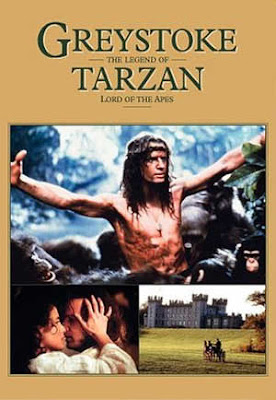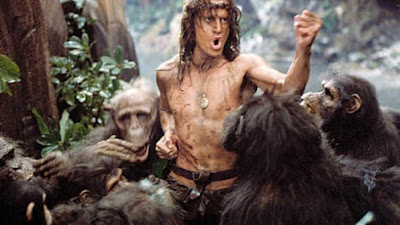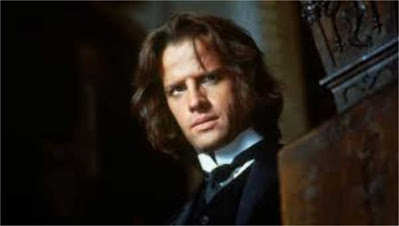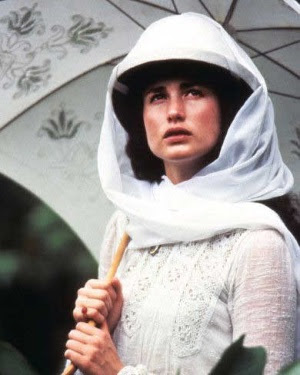Greystone: The Legend
of Tarzan, Lord of the Apes

Director: Hugh Hudson
Year: 1984
Rating:
7.0
As the
old saying goes, you can take Tarzan out of the jungle, but you can't take
the jungle out of Tarzan. Except in this case there is no one called Tarzan.
In this radically different version of Tarzan than we are used to, director
Hugh Hudson (Chariots of Fire, who just passed away recently) and the writers
stay away from all the Tarzan film tropes and traditions by actually staying
close to the book. At least for the first remarkable half. This is a feral
Tarzan brought up by the Giant Apes far away from civilization. Nothing cute,
no cheetah, just survival. Nearly all the Tarzan films that followed Weissmuller
were more indebted to those films than to the books keeping Cheetah, Boy,
Jane, the homey treehouse, the call to the elephants, the Me Tarzan, You
Jane speech, but this goes back to the source and reinvents Tarzan. Never
called Tarzan in the film. By the time he meets Jane, he can speak French.










